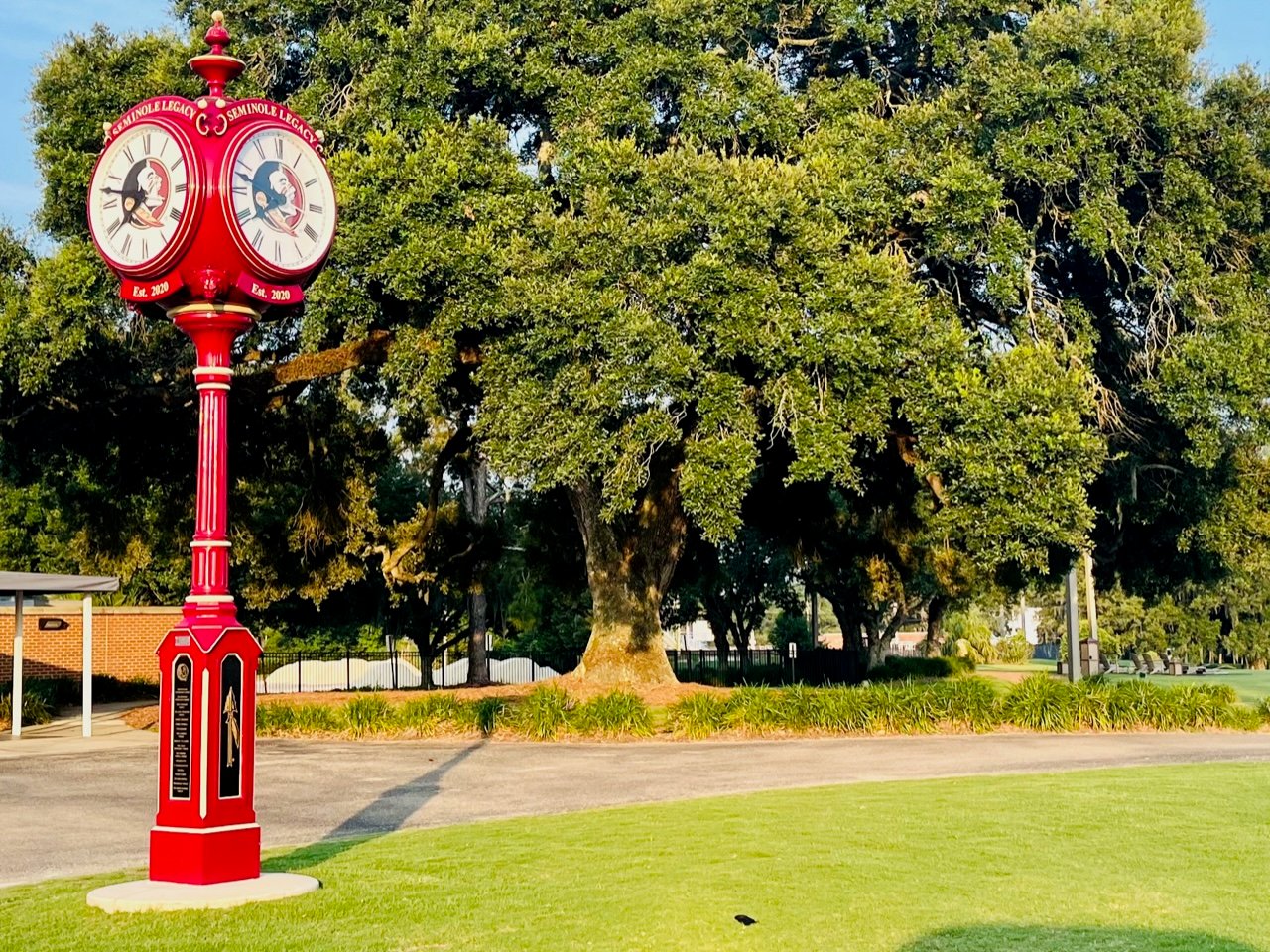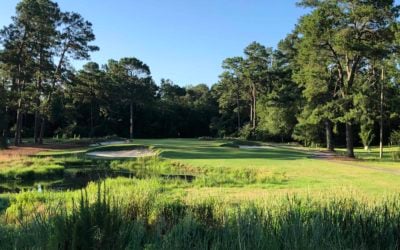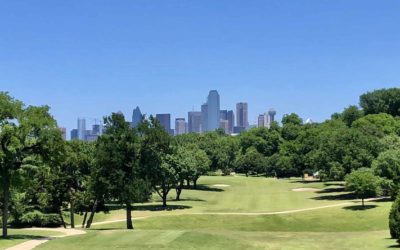The ribbon was cut last week at Greg Norman’s highly anticipated new course in Cabo San Lucas in front of golf media and Mexican dignitaries. Given Mr. Norman’s age-defying, sinewy physique, the ribbon didn’t stand a chance.

You might expect an architect who has cut over 100 ribbons on commissioned designs to craft a safe or staid collection of golf holes born of templates from his design team’s catalog. But at Rancho San Lucas, the property presented to Norman was so unique and so dramatic, he and his partners hiked the formidable hills, deciding to simply reveal the holes they found were already there. No easy walk—the acres are covered with cacti and brush that give way to towering sand dunes along the coast. But such terrain made for one of the more unique designs in Norman’s portfolio, a course marked by a natural aesthetic and a sense that each hole genuinely suits its landscape, even as that landscape changes again and again.
Rancho San Lucas is located close to the tip of the Baja Peninsula, its holes butting up against the Pacific Ocean and climbing into dry desert hills. It is a course that moves through three distinct echo systems—dune, desert, and shrublands—with every hole utilizing the most interesting characteristics of each. Whether it be fairways cradled by dunes, or doglegs bent around rocky outcroppings, or target-lines framed by towering cacti, the course achieves that wonderful sensation where you feel as if you aren’t playing Rancho San Lucas or a Greg Norman design, but rather the topography of Los Cabos, and discovering new landscapes around each corner.

Nowhere is that sensation more dramatic than on Rancho’s back nine, where on your approach to number 14, you emerge from the rugged Baja desert, and find yourself teeing off beside a white and towering dune, the wide sandscape split by a brushstroke of tight green grass. The rough is of no real concern at Rancho San Lucas, if you can find it at all. The fairways are wide and welcoming and leaned in your favor, but miss them, and reach for another ball—the course’s margins are either scrub brush, rocky swales, or high walls of white sand. Yet playability is an obvious focus of Rancho’s design, as evidenced by hearty landing areas, accessible green complexes, and tame bunkering—the setting doesn’t need much more sand, and where they have been placed, the bunkers have been built with low, riveted faces, a touch of seaside Scotland in Mexico. Firm paspalum fairways let balls run in a way that is indeed reminiscent of a genuine links, and like a good links, the forced carries are modest. Until you get to 17, that is.

A la TPC Sawgrass, the round at Rancho San Lucas builds with anticipation as you draw closer to 17, a true island green par-three. The green is larger than it appears from the tee—it’s huge, really, pushing the odds in your favor—and from the middle tees, it requires little more than a nine-iron. But all that water can make a golf ball do funny things.
The island green is certainly a departure from the linksy holes preceding it, but such is the calling card of Rancho San Lucas—variety and geographic diversity. The back nine’s other par-three, number 11, requires a short hoisting shot over a rocky chasm to a lofted green, while on the front nine, the par threes are long and sandy runners, encouraging you to bound your ball back to the pins. Number 5 is like playing down a deep and sandy half-pipe, a funnel of firm fairway you can attack through the air, or play bank shots from either side. Options abound at Rancho San Lucas, a course that rewards creativity without unduly punishing creativity gone awry. Short par-fours and reachable par-fives are blended with uphill tests and a stout finishing three-shotter, but as with all the holes at Rancho San Lucas, use the ground correctly, and the birdie putts are there.

Combined with the unstuffy luxury of the Grand Solmar residences and hotel, Rancho San Lucas is an ideal getaway golf course—from the on-course taco oases to the expert caddies to the magnanimous service across the property, no detail has been overlooked at what is likely to become the new must-play destination among Cabo’s already impressive array of golf offerings. Add the distraction of whales breaching blue ocean over your shoulder—and the ocean seems to be over your shoulder everywhere at Rancho San Lucas—and it may well become your must-return destination as well.
Stay, Live and Play Info:
- Grand Solmar at Rancho San Lucas: rooms stays start at $275 per night
- Grand Solmar The Residences at Rancho San Lucas: stays start at $360 per night for a one bedroom
- The Villas at Rancho San Lucas: starting in the $600’s
- The Norman Estates: starting at $3.7 million and includes a family membership
- Rancho San Lucas Golf Club: green fees start at $242
- Rancho San Lucas Golf Club: annual family memberships start at $12,000
Visit: ranchosanlucas.com

Tom Coyne is the author of The New York Times bestsellers “A Course Called Ireland”, “A Course Called Scotland”, and the forthcoming “A Course Called America”. A senior writer at The Golfer’s Journal, follow him on Twitter and Instagram at @coynewriter and at www.tomcoyne.com.

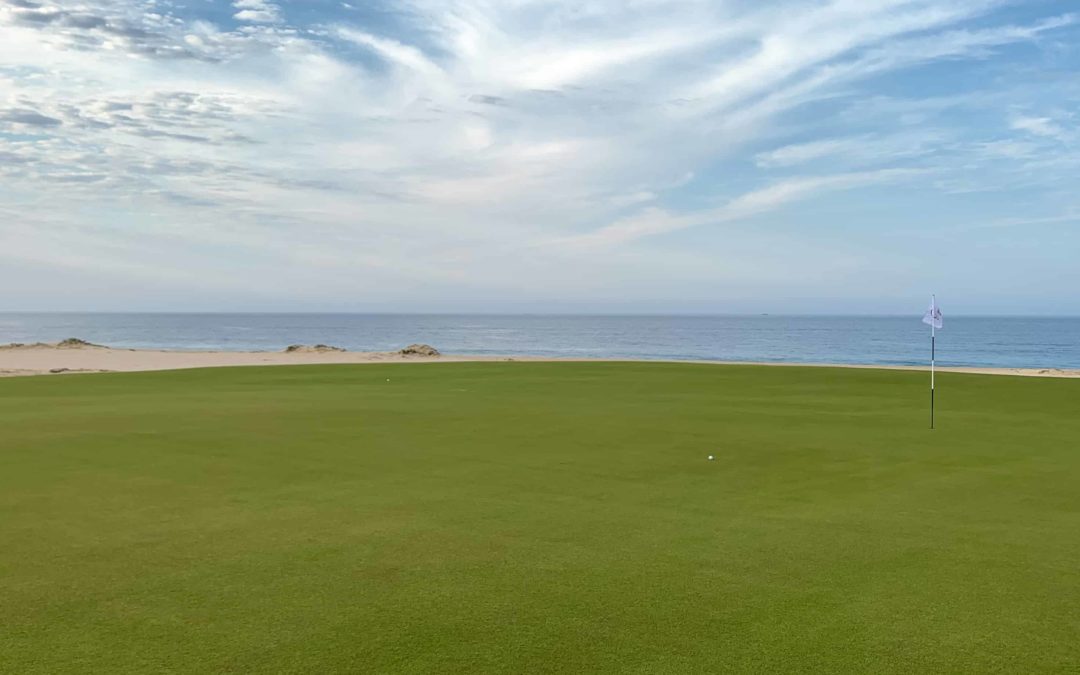
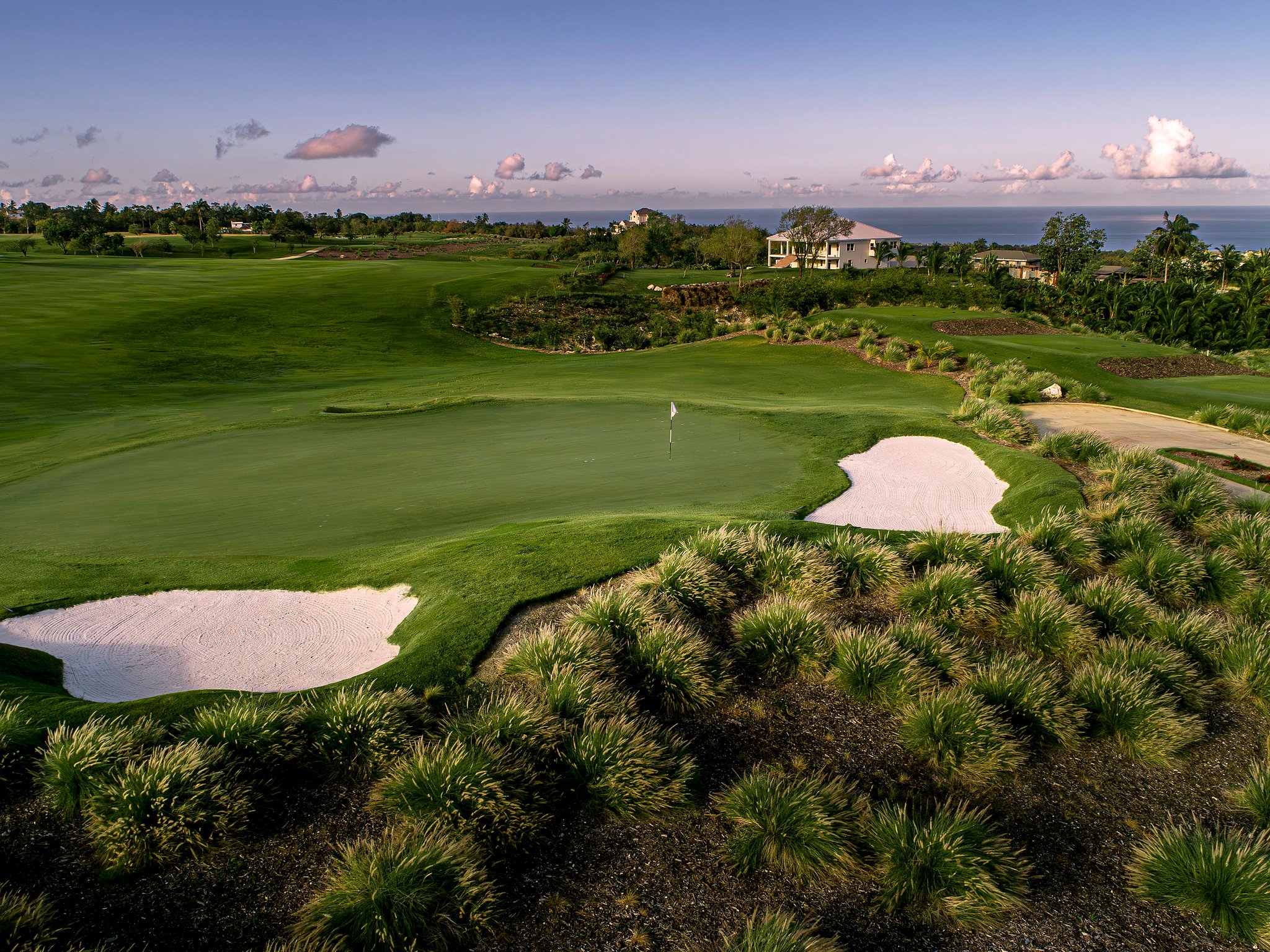
 0
0
